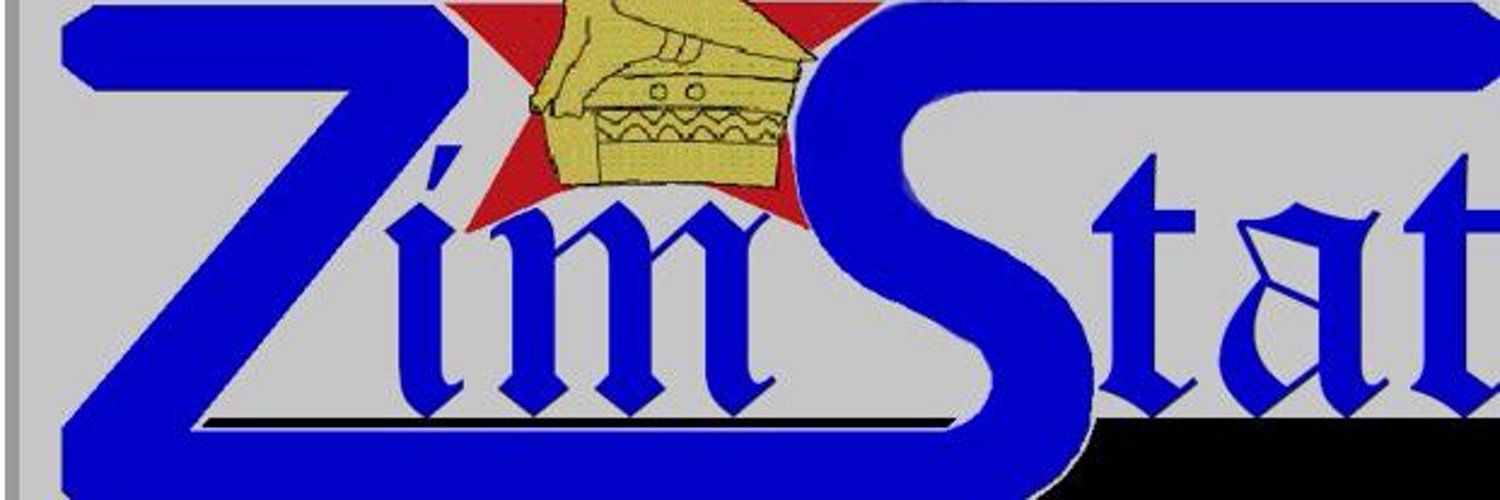Voluntary vs involuntary corporate rescue
Corporate rescue in Zimbabwe is known by other terms such as business rescue or in the past as judicial management.
The proceedings are regulated by the Insolvency Act (Chapter 6:07) of 2018, hereinafter called the Act.
According to the Act, corporate rescue proceedings are meant to facilitate the rehabilitation of a company that is financially distressed.
Section 121 of the Act provides for:
Temporary supervision of the company and management of its affairs, business and property, and
Temporary moratorium (relief) on the rights of claimants against the company or in respect of property in its possession, and, The development and presentation, if approved, of a plan to rescue the company by
restructuring its affairs, business, property, debt and other liabilities and equity.
Types of corporate rescue proceedings
Corporate rescue proceedings can be classified into voluntary in terms of section 122 of the Act or involuntary in terms of section 124 Act as more fully explained below.
Voluntary corporate rescue proceedings
This type is foreign to most people. According to section 122(1) of the Act, the board of a company may resolve that the company voluntarily begin corporate rescue proceedings and place the company under supervision, if the board has reasonable grounds to believe that:
The company is financially distressed, There appears to be a reasonable prospect of rescuing the company.
According to section 122(2) a resolution contemplated in section 122(1) may not be adopted if liquidation proceedings have been initiated by or against the company and has no force or effect until it has been filed with the Master of the High Court and the Registrar of Companies.
Section 122(3) requires that within five business days after a company has adopted and filed the resolution or such longer time as the Master of the High Court may allow, the company must:
Give notice of the resolution and its effective date , by standard notice to every affected person (defined in section 121(1)), including with the notice a sworn statement of the facts relevant to the grounds on which the board resolutions was founded, and Appoint a corporate rescue practitioner who satisfies the requirements of section 131 (Qualifications of practitioners) and who has consented in writing to accept the appointment.
After appointing a practitioner a company must file a notice of appointment within two (2) business days after making appointment with the Master and the Registrar of Companies and publish a copy of the notice of appointment to each affected person within five (5) business days after the notice was filed.
Section 123 of the Act provides for the objection to a company resolution for voluntary corporate rescue proceedings. The Court may grant an order:
Setting aside the resolution on the grounds that there is no reasonable basis for believing that the company is financially distressed, there is no reasonable prospect for rescuing the company or the company has failed to satisfy the procedural requirements set out in section 122.
Setting aside the appointment of the practitioner on the grounds that he or she does not satisfy the requirements of section 131, is not independent of the company or its management or lacks the necessary skills.
Involuntary corporate rescue proceedings
This is the type of corporate rescue many people are familiar with and is used mostly by creditors. According to section 124(1) of the Act an effected person may apply to a Court for an order placing the company under supervision and commencing corporate rescue proceedings.
An applicant must serve a copy of the application on the company, the Master and the Registrar of Companies and notify each affected person of the application by standard notice.
Each affected person has a right to participate in the hearing of an application.
According to section 124(4) after considering an application in terms of section 124(1) the Court may make an order placing the company under supervision and commencing corporate rescue proceedings if satisfied that:
The company is financially distressed, or The company has failed to pay over any amount in terms of an obligation under or in terms of a public regulation, or contract, with respect to employment related matters, or It is otherwise just and equitable to do so for financial reasons.
In terms of section 124(5) if the Court makes an order in terms of section 124(4)(a) the Court may make a further order appointing as interim practitioner a person who satisfies the requirements of section 131, and who has been nominated by the affected person who applied in terms of section 124(1), subject to ratification by the holders of a majority of the independent creditors’ voting interests at the first meeting of creditors.
An application of this nature suspends any liquidation proceedings that may have already
commenced.
Conclusion
While involuntary corporate rescue is known by many people the option of voluntary
corporate rescue is foreign to most people.
Disclaimer
This simplified article is for general information purposes only and does not constitute
the writer’s professional advice.
Godknows (GK) Hofisi, LLB(UNISA), B.Acc(UZ), CA(Z), MBA(EBS,UK) is a legal practitioner /
conveyancer, chartered accountant, corporate rescue practitioner, registered tax accountant and
consultant in deal structuring and is an experienced director of companies. He writes in his
personal capacity. He can be contacted on +263 772 246 900 or gohofisi@gmail.com-The Herald









